
This Article From Issue
March-April 2001
Volume 89, Number 2
DOI: 10.1511/2001.18.0
Lovell and Libby Langstroth, who wrote the text and took most of the stunning photographs for A Living Bay: The Underwater World of Monterey Bay (University of California, $60), have organized their book by the wide range of major habitats extending outward and downward from the shore. Sexual, chemical and predator-prey interactions are recurrent themes. Shown here (top to bottom) are a leather star (Dermasterias imbricata) preying on Corynactis; Macrocystis kelp (the white spots on its blades are colonies of the encrusting bryozoan Membranipora membranacea); Pelagia ephyrae, which are tiny medusae (photograph by Freya Sommer); the aboral surface of a sea star (Asterina), showing its sieve plate (a buttonlike yellow structure that is the perforated opening of its water vascular system); and the "sand collar" that a female moon snail has molded about her shell from layers of mucus and sand to protect her fertilized eggs.
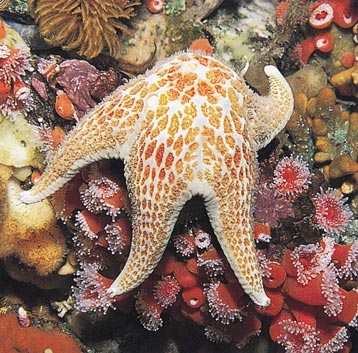
From A Living Bay: The Underwater World of Monterey Bay.
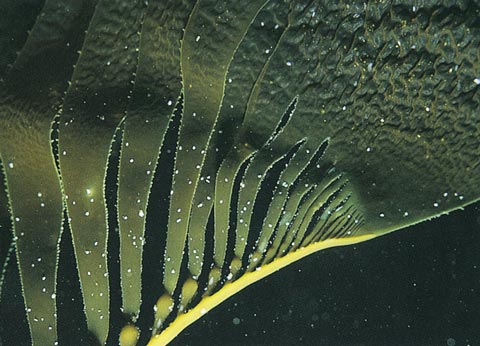
From A Living Bay: The Underwater World of Monterey Bay.
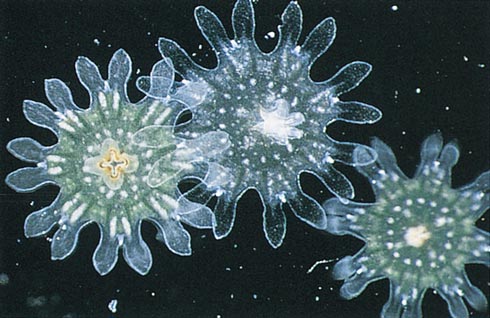
From A Living Bay: The Underwater World of Monterey Bay.
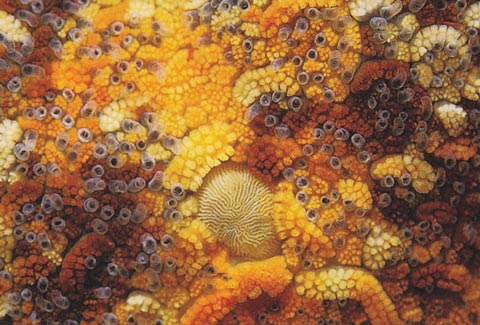
From A Living Bay: The Underwater World of Monterey Bay.
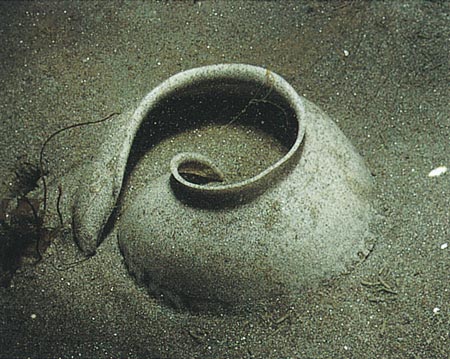
From A Living Bay: The Underwater World of Monterey Bay.
American Scientist Comments and Discussion
To discuss our articles or comment on them, please share them and tag American Scientist on social media platforms. Here are links to our profiles on Twitter, Facebook, and LinkedIn.
If we re-share your post, we will moderate comments/discussion following our comments policy.